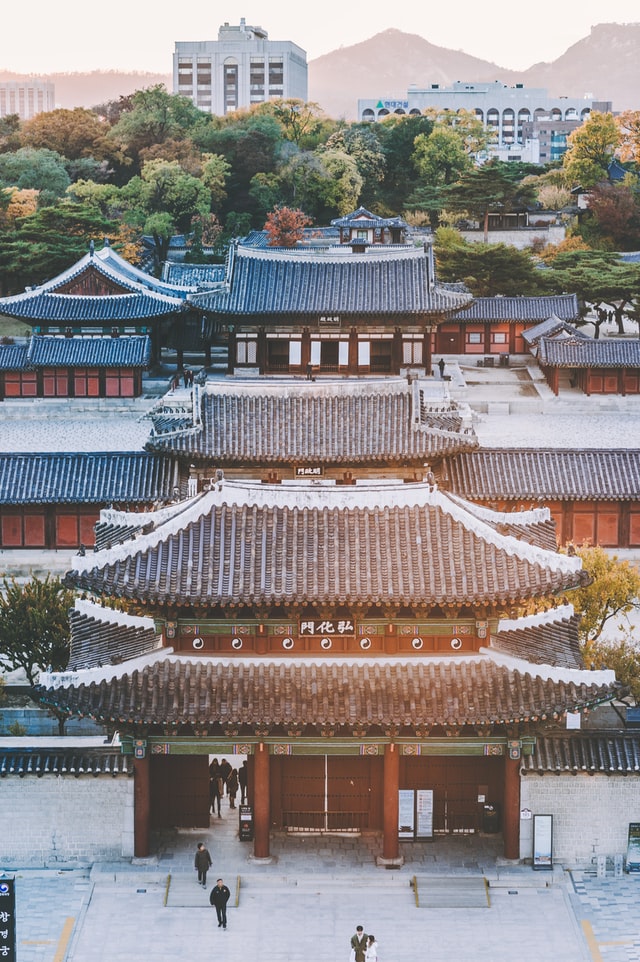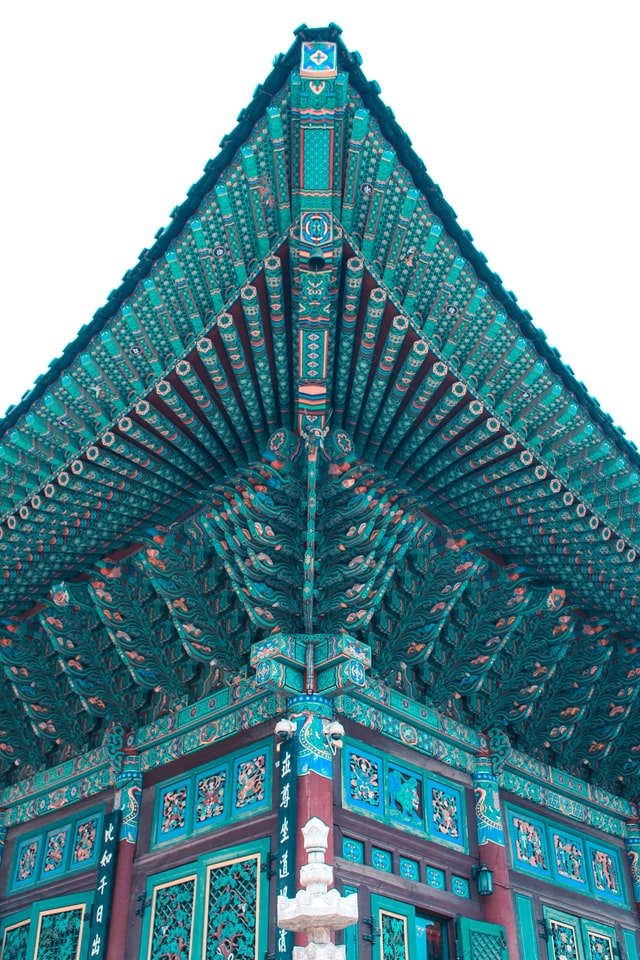Korean pagodas are a traditional Korean architectural form that began in the Three Kingdoms of Korea period. Koreans created a unique and distinct pagoda tradition using stone
Pagodas were created in India using earth, then in China using wood, which spread to the Three Kingdoms of Korea, and then Japan; however, the pagoda tradition of East Asia diverged, with China creating pagodas using bricks, Korea creating pagodas using stone, and Japan continuing to use wood.[4][5][6][7][8]
Korean stone pagodas were first created in Baekje during the early 7th century and then inherited by Later Silla; 90% of the pagodas in Later Silla were made of stone.[4] The stone pagoda tradition was propagated by the great abundance of high quality granite in Korea,[9] which also led to other granite creations such as the Seokguram and Cheomseongdae. Goryeo, a devoutly Buddhist state, also inherited the stone pagoda tradition.[1 – from wikipedia


